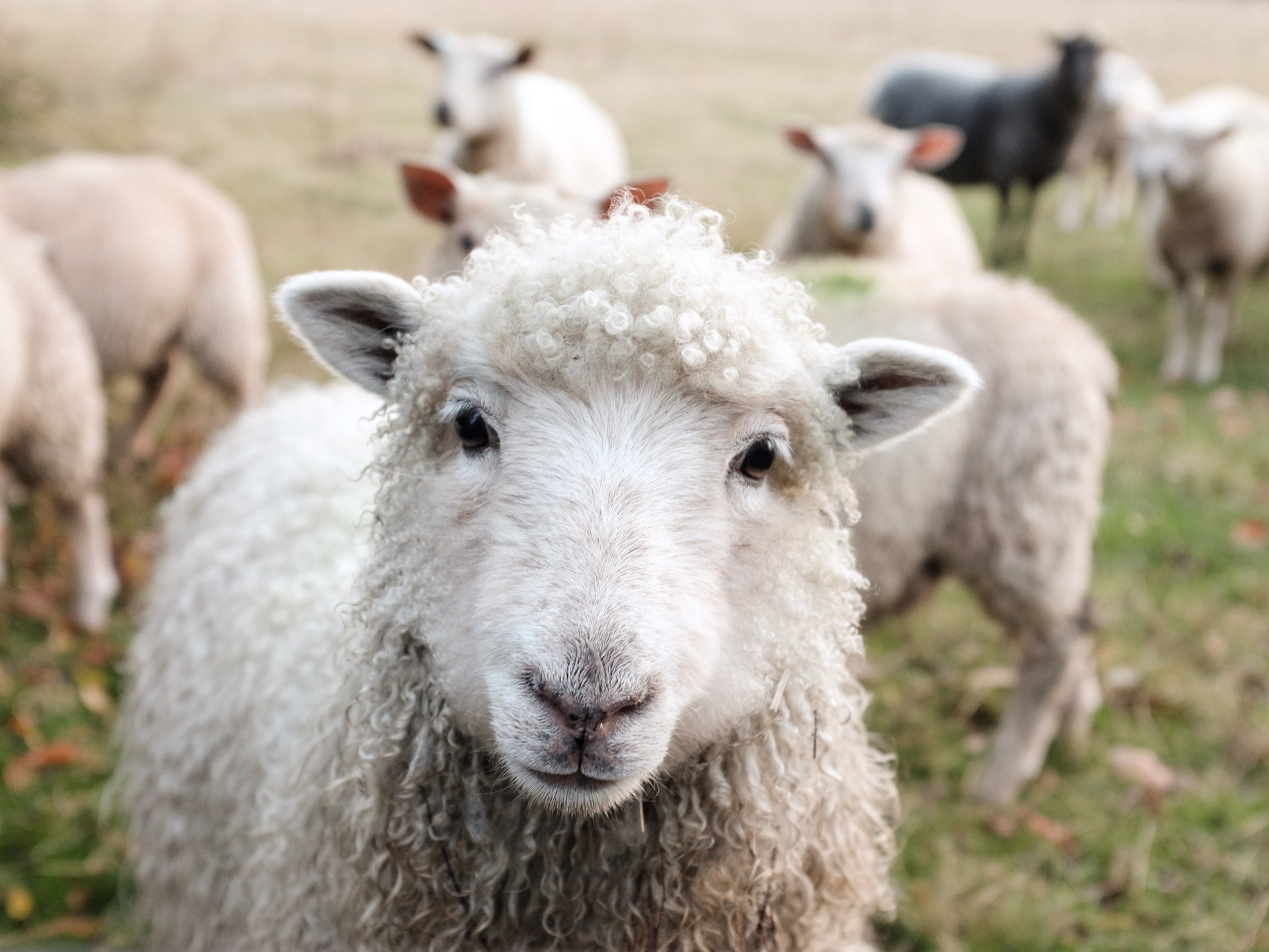
Is a vegan brand always eco-responsible?
by Array
·
Responsible fashion: is vegan always synonymous with respect for the environment?
In the world of responsible fashion, the terms "vegan" and "eco-friendly" are often associated. However, it is important to understand that although these concepts overlap in many cases, they are not necessarily interchangeable.

Veganism and eco-responsibility, common objectives :
Veganism and sustainability share a common goal: to minimize the negative impact on animals and the environment. Veganism focuses primarily on eliminating all animal exploitation, whether in food, clothing, or beauty products. Sustainable sustainability, on the other hand, encompasses a broader approach to sustainability, with an emphasis on reducing waste, using renewable energy sources, and preserving ecosystems. These two concepts overlap in many ways, as adopting a vegan approach can help reduce one's ecological footprint.
Some differences between veganism and eco-responsibility however :
Although veganism and eco-responsibility share similar values, they also have distinct nuances. Veganism focuses specifically on animals and the elimination of all forms of animal exploitation. This includes the use of animal-derived materials such as leather, fur, or silk. Veganism raises an ethical and moral question: do we have the right, as the dominant species, to harm more vulnerable species? Eco-responsibility, on the other hand, encompasses a broader spectrum of environmental concerns , such as reducing waste, conserving natural resources, and promoting a circular economy. Thus, it is possible to be vegan without necessarily being eco-responsible, and vice versa. In the fashion industry, more and more brands are adopting a vegan and eco-friendly approach at the same time. This means that they use cruelty-free materials while ensuring that their environmental impact is minimised. For example, they may use plant-based alternatives to replace leather, but also prioritise sustainable production practices, eco-friendly packaging and full transparency about their processes. This combination offers consumers the opportunity to make conscious fashion choices that take into account both animals and the planet.

For Matcha Paris:
When I chose my alternatives to animal leather, I intentionally avoided poor quality imitation leathers, produced with petroleum, also called "skai". They are certainly vegan, but for me it was nonsense to use highly polluting materials (we save a cow on the one hand but we pollute a waterway on the other for the production). The alternatives to animal leather used for my jewelry and handbags are made from plants. Cork , Piñatex or Végéa. The latter contains a small percentage of polyurethane in its composition. I know, you're going to tell me "ah but it's not 100% eco-responsible?" It's a new material and the creators aim to soon release a plant-based version without this addition. Even if for the moment the material is not 100% plant-based, I think we should encourage all these young emerging materials that will shape the world of tomorrow. And ( editor's note) we save 90% of CO2 on 1m2 of Végéa compared to classic animal leather, and we do not support intensive farming... So, even if it is not perfect, I think it is worth it! Cork is produced in Portugal, I will tell you more about it in another article, but it is an incredible material that allows us not to cut down the tree during its production. As for my suppliers, for packaging it is a French company that produces cardboard from sustainably managed forests. I have deliberately excluded boxes that pollute more during production and are difficult to recycle. For the brass, it was not easy because I did not want to source from Asia for reasons of obvious carbon impact. So I work with workshops that are mostly French, Turkish and rarely, Israeli.